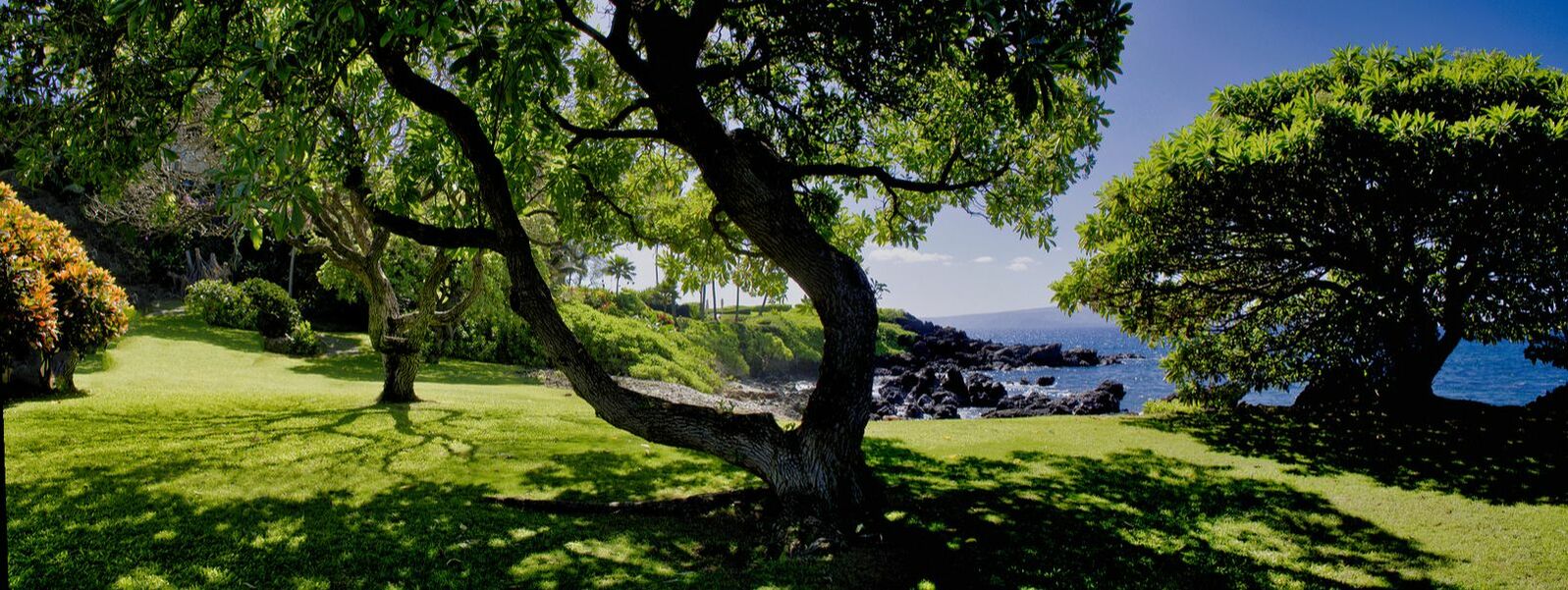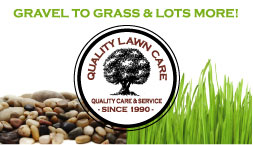| By Kay Olson The end of March is nigh! We had a good run, but all good things must come to an end. This doesn’t apply to your yard, though! This week, I’ll be rehashing power raking, aerating, and fertilizing, with a bit more detail. I hope you find this helpful! What is spring without a long walk through the grass? Be sure to keep yours healthy with these three simple steps: power raking, aerating, and fertilizing! Spring is in full swing. Be sure to enjoy it with the 2nd Annual Fire & Ice Salsa Spring Ball & Festival, the Regional Dance America Southwest Spring Dance Festival, or the Food Truck & Craft Beer Festival. (These take place this upcoming week, so be sure to check the date before heading out!) March may have met its end this upcoming week, but April is bound to have some magnificent surprises in store for us. See you then! | Power raking is especially important for Bermuda grass, on a yearly basis. The dead stuff and thatch builds up really quickly, and becomes an excellent breeding ground for insects and disease. Power raking allows for the new growth to come in thick and healthy. For Bluegrass and Fescue, keep an eye on the thatch. Sometimes, thatch can build up faster or slower, depending on a variety of factors. If the layer is ¼ of an inch or more, it’s time to dethatch (usually every 2-3 years). For Bluegrass and Fescue, the ideal time is now, just before the grass starts growing like crazy. For Bermuda, you can wait a bit more (end of April, early May) or you can get a jump on it now and watch the growth take off in the summer! Aeration, on the other hand, has no grass bias. This should be done yearly (and some places aerate multiple times a year), because it’s helpful for grass to grow stronger and healthier, and getting air, water, and nutrients where they need to go. It also reduces runoff, promotes the absorption of water in the ground, and encourages deeper root system. Fertilizers are necessary for plant growth, health, and vitality, but do you know what’s the best one for you? Honestly, the best way to find out what your soil needs is to get it analyzed. If you’re not eager to take a soil sample, look into a fertilizer designed for springtime, preferably one that has a pre-emergent herbicide to stigmatize weeds. A general rule of thumb for fertilizer is to apply four times a year (for lawns). Trees and shrubs, on the other hand, only need fertilizing once or twice a year. Flower beds may require fertilizing more often than your lawn. As for the volume of application, follow the law of the label. Or give us a call, we know the lay of this land! |
|
|
Robert HairstonHaving been deeply involved in the residential yard care industry since 1990, I have encountered nearly everything: neglected lawns, ineffective irrigation systems, sodding, seeding, planting, designing landscapes for microclimates, and I've mowed, aerated, power raked, and cleaned countless yards. In this blog, we will provide tips to help you maintain your yard monthly. Although some of these entries date back years, the majority of the advice remains applicable to today's conditions. Archives
July 2020
Categories
All
Categories
All
|




 RSS Feed
RSS Feed
